Address
304 North Cardinal St.
Dorchester Center, MA 02124
Work Hours
Monday to Friday: 7AM - 7PM
Weekend: 10AM - 5PM
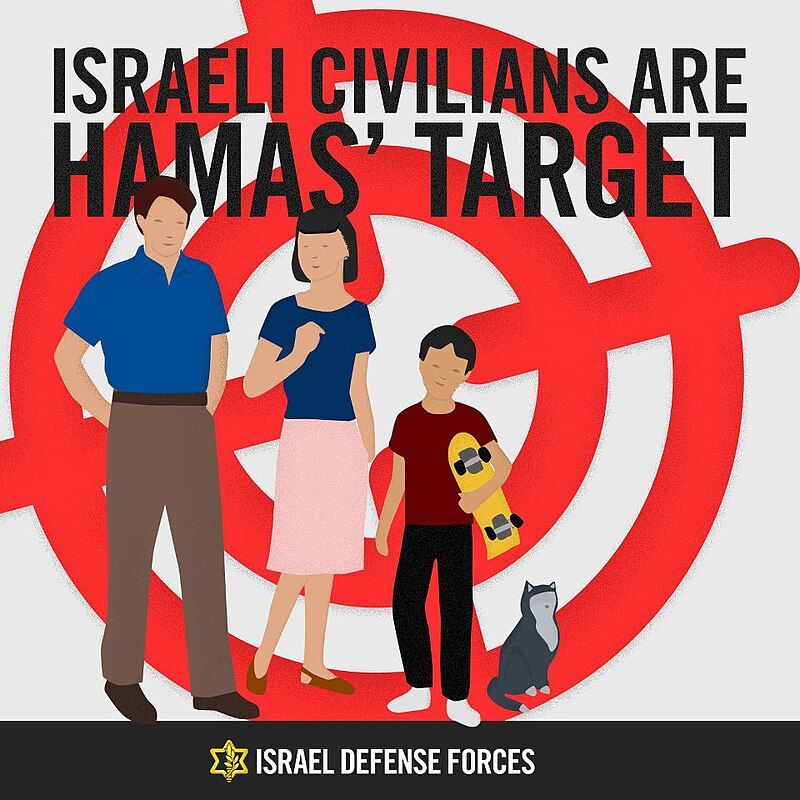
Prime Minister Mark Carney’s voice cracked with indignation as he condemned the Israel Defense Forces (IDF) gunfire near a Canadian diplomatic delegation in Jenin as “totally unacceptable,” demanding a full investigation. On May 21, 2025, a group of four Canadian representatives – part of a larger international tour – suddenly found themselves scrambling for cover as Israeli troops opened fire in their vicinity during a visit to the volatile Jenin refugee camp. Ottawa swiftly summoned Israel’s ambassador and publicly insisted on answers, projecting outrage on the world stage at this rare direct threat to its diplomats.
But Canada’s fury rings hollow to seasoned observers of the region. Behind the sharp words lies a starkly different reality: a long history of Israeli forces endangering civilians (and even foreign officials) with impunity, and a Canadian government that reliably closes ranks with Israel when push comes to shove. In this narrative OSINT analysis, we reconstruct the Jenin “warning shot” incident and dissect the broader context – from the tactical timeline on the ground, to the IDF’s pattern of aggressive conduct, to Canada’s deep material and diplomatic alignment with Israel. The evidence reveals Ottawa’s response as performative outrage masking deeper complicity, highlighting how colonial solidarity and intelligence ties bind Canada to the very actions it decries.
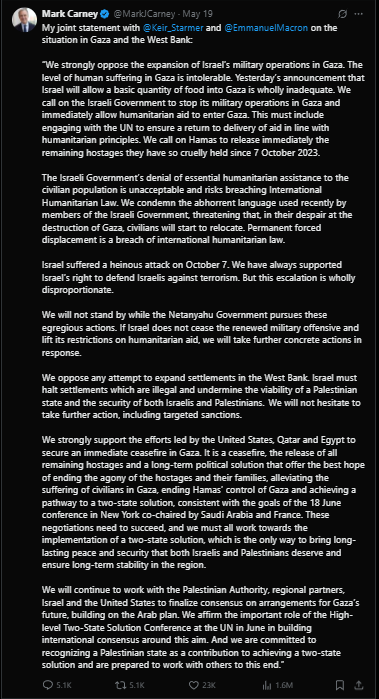
The multinational delegation – consisting of some 25 diplomats from 31 countries (including Canada, Italy, France, the UK, Japan and others) – arrived in Jenin on the morning of May 21, 2025, as part of a Palestinian Authority-organized tour to observe conditions on the ground. Escorted by Palestinian officials, the convoy approached the eastern entrance of the Jenin refugee camp, where Israeli forces maintain an iron gate and military post. Around midday, as Jenin’s governor briefed the visitors on the camp’s dire humanitarian situation, a burst of rapid gunfire suddenly crackled across the area.
Caught by surprise, the diplomats and their security quickly scattered and ducked for cover along a wall (as seen in the AFPTV video). No one was injured in the chaos, but the frantic retreat was a chilling close call. Footage shows a number of diplomats giving media interviews when rapid shots rang out nearby, forcing them to run for cover. Within minutes, the delegation was evacuated from the immediate area. They regrouped at the Jenin governorate offices, where officials continued the tour’s agenda of discussing the camp’s devastation after recent Israeli military assaults.
Israeli authorities were quick to offer an explanation. The IDF claimed the delegation had “deviated from the approved route” into an off-limits zone, prompting soldiers to fire warning shots to redirect them. The military stated it “regrets the inconvenience” caused. However, witnesses and the Palestinian side disputed this account vehemently. According to a report by WAFA (the Palestinian news agency), Israeli occupation troops “fired live ammunition directly and heavily” at the diplomats near the camp’s gate – suggesting an intentional intimidation rather than a benign warning. The Palestinian Foreign Ministry blasted the incident as a “flagrant…violation” of international law and the Vienna Convention on diplomatic relations.
In the immediate aftermath, diplomatic shockwaves spread. The Canadian contingent – two diplomats and two local staff – phoned Ottawa with an urgent debrief. Other nations’ envoys did the same. By that evening, Canada, the EU, and multiple governments had summoned Israeli ambassadors and demanded answers for what one veteran Canadian diplomat called an “unconcernable” breach of safety. What began as a fact-finding tour in Jenin had nearly turned into an international incident – one that starkly illustrated the hair-trigger volatility facing anyone, foreign or Palestinian alike, who ventures too close to Israel’s military operations in the occupied West Bank.
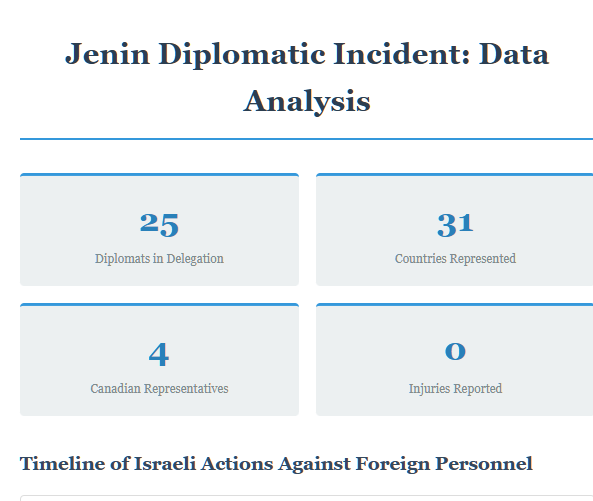
The fact that diplomats were touring Jenin at all speaks to the city’s dire security situation. Jenin – especially its dense refugee camp – has become a flashpoint of violence in the West Bank. Over the past two years, Israeli incursions here have escalated dramatically, turning parts of the camp into a war zone. A notable example was July 2023, when Israel launched a large-scale military operation (dubbed “Operation Home and Garden”) involving airstrikes and over a thousand ground troops. The two-day assault killed at least 12 Palestinians, including three children, and forced thousands of residents to flee the camp. Armored bulldozers tore up roads, and a large number of homes were wrecked in the fighting. Satellite imagery in the aftermath showed dozens of scorched building sites and churned earth where Jenin’s narrow alleys had been pulverized by IDF vehicles and drone-fired missiles.
The battle scars in Jenin remain clearly visible. When the visiting delegation arrived in May 2025, they were there to observe these very conditions – collapsed buildings, pockmarked walls, and a local population traumatized by near-constant raids. Just a few months prior, in January 2025, another major Israeli assault on Jenin and its environs had reportedly displaced “tens of thousands” of Palestinians. Jenin has re-emerged as a hub of armed Palestinian resistance, with local militant groups (like the Jenin Brigades) forming to repel incursions. In response, the IDF has doubled down with aggressive “counter-terrorism” sweeps – raids that often leave civilian infrastructure shattered.
Open-source intelligence has extensively documented this cycle. Videos on Telegram and TikTok frequently capture nightly gun battles in Jenin’s streets, while high-resolution Planet Labs satellite photos have corroborated the aftermath of firefights – from blackened building shells to makeshift roadblocks erected by the army. Human rights monitors and UN agencies like OCHA release maps and damage assessments after each major incursion, detailing destroyed water pipes, bulldozed streets, and homes blasted into rubble. In short, Jenin’s “normal” is a state of simmering conflict. It was against this backdrop – a heavily militarized area still smoldering from recent violence – that the foreign delegation conducted its tour. They were there to bear witness, and the IDF’s gunfire ensured they did so under fire.

This was hardly the first time Israeli forces have shown reckless disregard for civilian or diplomatic safety. The IDF’s explanation that shots were fired merely as a navigational warning rings hollow in light of its track record. Historical incidents abound where foreign officials, aid workers, or journalists have been caught in Israeli crosshairs:
From diplomats roughed up in the West Bank, to journalists and medics shot despite clear identification, the pattern is consistent: the IDF operates with impunity around civilians and foreign personnel, often escaping with perfunctory “regrets” at most. “Warning shots” in practice can be indistinguishable from live fire directed at the very people providing witness to the occupation’s realities. This latest Jenin incident slots into that troubling continuum. The Palestinian mission to the UN noted that had the gunfire hit a delegate, it would have merely been the latest “unprovoked” killing of an unarmed observer in Palestine – and based on past form, Israel’s military would likely close ranks to defend the act, while friendly capitals issue scolding press releases and little else.
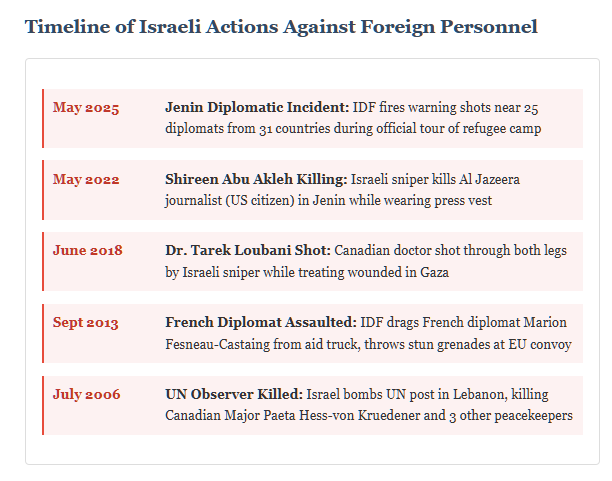
Publicly, Ottawa’s reaction to the Jenin incident was stern. Carney’s government called the gunfire “totally unacceptable” and demanded accountability. Foreign Minister Anita Anand echoed that Canada was “relieved our team is safe” but expects a full investigation. Yet such rhetorical condemnation starkly contrasts with Canada’s entrenched diplomatic and material alignment with Israel.
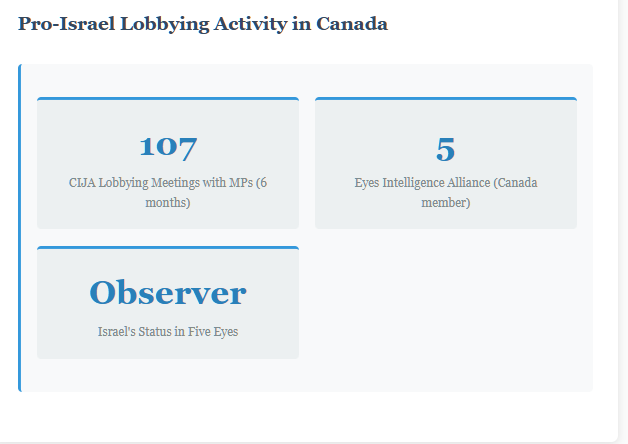
In reality, Canada remains one of Israel’s most reliable supporters on the world stage. Canadian officials may wag a finger after incidents like Jenin, but they stop well short of any punitive action. Consider Canada’s arms trade with Israel: even as violence soared in 2022, Canada exported over $21 million in military goods to Israel that year – the third-highest annual total on record. These exports continued despite Israel’s bombardment of Gaza and lethal crackdowns in the West Bank (which human rights groups said likely amounted to war crimes). It was only under intense public pressure during Israel’s 2024 Gaza onslaught that Canada temporarily suspended a few arms export permits. No enduring embargo or sanctions followed; military-industrial cooperation quickly resumed as the controversy faded.
At the United Nations, Canada’s pattern has been to shield Israel from censure. Ottawa routinely votes against or abstains on resolutions upholding Palestinian rights and international law. For instance, in 2022 Canada was one of just 7 countries (versus 141 in favor) to oppose a UN call for a halt to Israeli settlements on occupied land. The same year, Canada voted No on referring Israel’s occupation to the International Court of Justice, aligning with a minority blocking accountability. When the International Criminal Court probed alleged Israeli war crimes, Canada offered no support – a stark contrast to its vigorous stance on other conflicts (e.g. Russia’s war in Ukraine). Ottawa’s condemnations of Israeli abuses are typically couched in vague language, and never translate into concrete measures (e.g. sanctions, or even the mild step of recalling its ambassador).

Why this disconnect? A large part of the answer lies in political solidarity and shared interests. Canada and Israel tout a “shared commitment to democracy, freedom, and human rights,” as stated in a 2020 memorandum affirming their close partnership. This rosy language ignores a grimmer commonality: both are settler-colonial states born from the displacement of indigenous peoples. Canadian and Israeli leaders implicitly recognize each other’s nation-building narratives. In practice, that has translated to deep cooperation in defense and intelligence. Canada is a member of the Five Eyes intelligence alliance and, tellingly, has a special security-sharing arrangement with Israel. Israel is considered an “observer” to Five Eyes, granted access to streams of raw intelligence data despite its record of human rights violations. This means Canadian security agencies work hand-in-glove with Israel’s – a relationship unlikely to be jeopardized over one near-miss shooting incident.
Domestic politics reinforce this alignment. Pro-Israel lobbying in Ottawa is powerful and bipartisan. The Centre for Israel and Jewish Affairs (CIJA), for example, held at least 107 lobbying meetings with Canadian MPs over a recent six-month span, urging the government to “strengthen the Canada-Israel relationship” and to oppose any UN motions “singling out” Israel. Such influence helps ensure that Canada’s officials, while free to admonish Israel in public statements, will not actually shift Canada’s voting patterns or bilateral ties. Indeed, Canada’s muted responses to events like the killing of Shireen Abu Akleh or the bombing of Gaza signal to Israel that its “friends” in Ottawa ultimately have its back.

All of this casts Canada’s outrage over the Jenin gunfire in a dubious light. The harsh words are real – Carney’s government likely was genuinely alarmed that Israelis opened fire near Canadians – but the underlying policy remains one of complicity. Canada continues to bankroll and diplomatically cover for the very military that endangered its envoys. It condemns the “warning shots” yet remains silent on the daily shots that kill Palestinian civilians. It claims to defend a “rules-based international order,” yet refuses to hold Israel to those same rules, even as Israeli forces bulldoze homes and violate the immunity of diplomats. In effect, Ottawa’s response to Jenin is performative: a necessary political show of displeasure, immediately undermined by Canada’s deeper colonial solidarity with Israel. The outrage is loud in tone but hollow in substance.
[…] The significance of Trump’s outburst extends far beyond its shock value. In an era of carefully scripted political messaging, this moment represents what communication scholars call “staged authenticity” colliding with genuine emotion. Trump’s vulgar assessment — while diplomatically uncouth — contained a kernel of strategic truth that foreign policy experts privately acknowledge: the Israel-Iran conflict has devolved into a self-perpetuating cycle where tactical responses often … […]